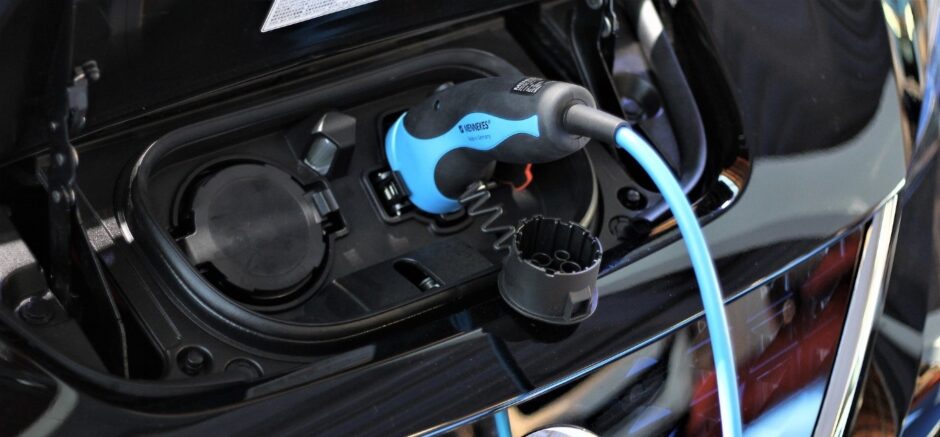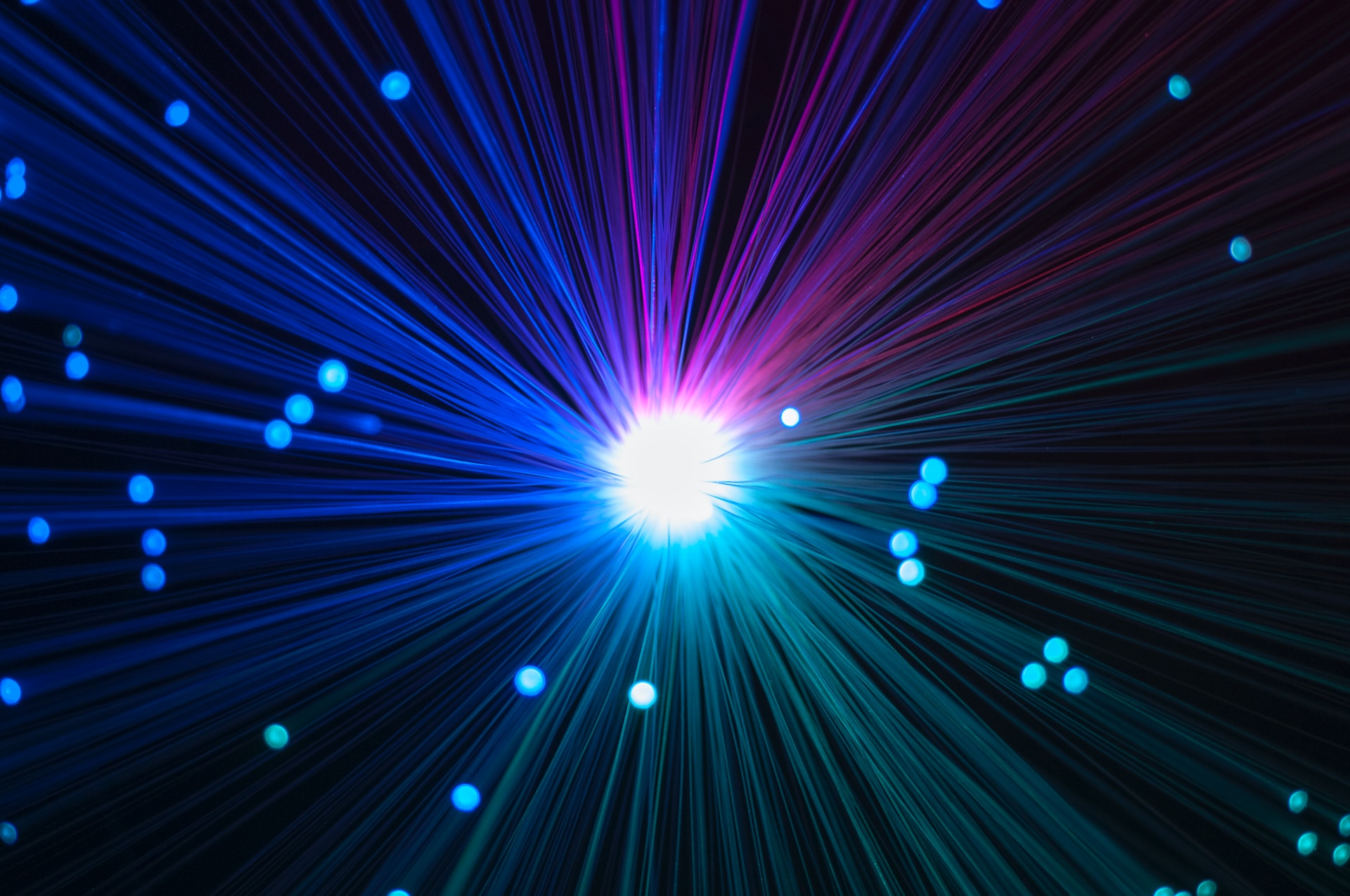High Efficiency Fuel Cells for Automotive Industries

Emission from the transport sector has major contribution to climate change. It forms about 15% of annual emissions which also includes non-CO2 gases as well. 72% of the global transmission come from road vehicles. The top 10 countries with largest transportation emissions in 2014 were: United States, China, Russia, India, Brazil, Japan, Canada, Germany, Mexico and Iran. These countries in conjugation form 53% of the global transport emissions in 2014. Therefore, an eco-friendlier energy is required for the transport sector.
Electric vehicles i.e. vehicles which use electric motors or traction motors for propulsion. They provide a better substitute for petrol/diesel vehicles. An electric vehicle can be powered through various self-contained power collectors like battery, solar panels, fuel cells or an electric generator as well. Fuel cells have greatest energy density as compared to others. According to U.S. Department of Energy’s February 2019 report, the number of fuel cell vehicles on the road in America grew to 6,500 from 4,000 in 2015.
A fuel cell is an electrochemical cell that converts the chemical energy of a fuel (often hydrogen) and an oxidizing agent (often oxygen) into electricity through a pair of redox reactions. There are various fuel cell combinations which have high energy density like: Silicon-air, aluminium-air and other metal-air fuel cells. Since, fuel cells have large energy density, higher charge can be stored and can be used for variety of applications from large scale to small scale which is also evident from the patents landscape application areas as shown in figure. Such as:
- Stationary fuel cells can be used for primary and backup power generation in commercial and residential uses.

- Fuel cell electric vehicle have high efficiency between 42-59% with only 10% degradation. A fuel cell that runs on hydrogen produced natural gas could use about 40% less energy and emit 45% less greenhouse gasses than an internal combustion vehicle. The scope can be extended to buses, trains, boats, submarines, airplanes etc.
- Portable fuel systems can be made with micro fuel cells primarily for phones and laptops.
Additionally, due to the fact that hydrogen fuel cells emit only water and heat, they emit less pollutants as compared to combustion engines. Due to lesser moving parts, less heat is generated and a quieter engine operation is obtained.
Since 1932, GE has been adding to the development of fuel cell. General motors developed Chevrolet Electrovan in 1966, which was first fuel cell road vehicle. Advancements in Fuel cells have come a long way. The first commercially produced hydrogen fuel cell automobile, the Hyundai Tucson FCEV, was introduced in 2013, Toyota Mirai followed in 2015 and then Honda entered the market.
Strengthened by the beliefs of the growth in this field. The application area has been extended to Submarines, Aircrafts, Ships and buses.
- “HY4” is the hydrogen fuel cell powered passenger aircraft which was launched in 2016.
- “Forze VII” is a student made racing vehicle made in 2016, which competes against petrol powered cars with a LMP3.
- “Energy Observer” is a first of its own kind. It can generate and be powered by hydrogen. It was launched in April 2017 for a world tour lasting 6 years in order to optimize its technologies.
What future landscape holds?
 A significant surge in total in number of patents filed can be seen in above mentioned graph. Also, it is clearly visible that Toyota has been a major player in the formation of the today’s landscape of Fuel cells, whereas GM has lost its roots.
A significant surge in total in number of patents filed can be seen in above mentioned graph. Also, it is clearly visible that Toyota has been a major player in the formation of the today’s landscape of Fuel cells, whereas GM has lost its roots.
Toyota and the Japanese Aerospace Exploration Agency (JAXA) announced plans for a hydrogen fuel-cell lunar rover – Toyota lunar Cruiser. Toyota said the rover would be able to operate on the moon for up to six weeks, with a range of 1,000 kilometres (about 621 miles) per tank of hydrogen. Solar panels will provide supplementary electricity.
NYK Line, Toshiba Energy Systems & Solutions Corporation, Kawasaki Heavy Industries Ltd., Nippon Kaiji Kyokai (ClassNK), and ENEOS Corporation will develop an about 150-ton class (passenger capacity approximately 100) high-power FC vessel that will function as a medium-sized tourist ship.
Toyota & Honda have partnered on fuel cell bus mobile power generation venture to supply electricity in disasters. It can be used to supply power during disaster such as typhoons and rainstorms. When a power grid is damaged people suffer from an interruption in the supply of power to their homes and evacuation centres this bus will provide electricity in an affected area.
For Further Information: –
Author: Hitesh Dhiman
Effectual Knowledge Services Pvt Ltd.
Solutions Driving Innovation & Intelligence
Enabling Fortune 500's, R&D Giants, Law firms, Universities, Research institutes & SME's Around The Globe Gather Intelligence That
Protects and Nurtures Innovation Through a Team of 250+ Techno Legal Professionals.


